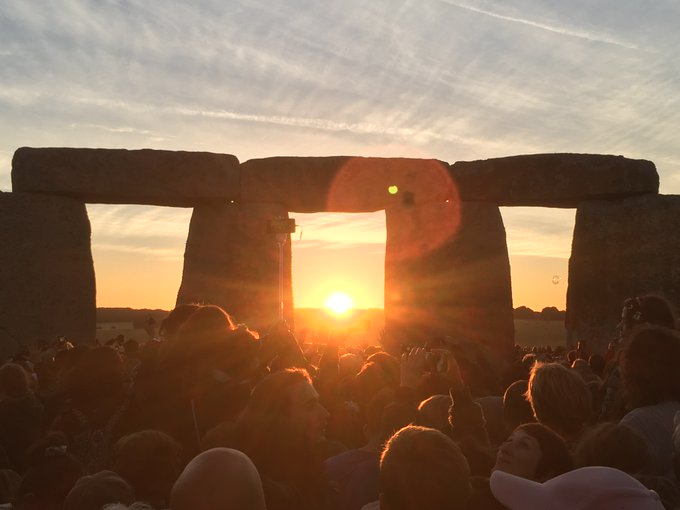
🆕: China’s first emperor was famously buried with the terracotta army, but new research reveals this includes over 20 elite horses specially selected to accompany Emperor Qin Shihuang to the afterlife.
An #AntiquityThread (paper: buff.ly/3OsXleK) 1/10 🧵
An #AntiquityThread (paper: buff.ly/3OsXleK) 1/10 🧵

Horses played a crucial role in economic, cultural, and military aspects in China through the first millennium BC. Skill in horse husbandry contributed to Qin’s military power, helping them triumph over other states. 2/10
📷: Horses of the terracotta army / Sewel / CC BY-SA 3.0
📷: Horses of the terracotta army / Sewel / CC BY-SA 3.0

The horses were found in an accessory pit of the 2,210-year-old mortuary complex, along with a wooden cart, and terracotta figures. It is thought to represent one of the administrative complexes of the Qin Empire. 3/10
📷: The accessory pit, now on display
📷: The accessory pit, now on display

Now, a team of archaeologists have analysed these horse bones. Their results reveal that at least 24 horses were buried in this pit and they were elite steeds: tall, adult males, carefully buried facing the same direction. 4/10
📷: Some of the horse skeletons
📷: Some of the horse skeletons

The team’s analysis shows that the horses were, on average, 1.4 metres tall at the withers. Tall horses were prized in Qin society - even the terracotta horses included with the army were designed to be an impressive 1.38 metres tall. 5/10
📷: Terracotta horse
📷: Terracotta horse

As such the real animals were even taller than their terracotta counterparts. This could indicate they were imported from Central Asia, which was renowned for producing impressive breeds called ‘heavenly horses’ by later emperors 6/10
📷: Later depiction of a tall heavenly horse
📷: Later depiction of a tall heavenly horse

The research also revealed that these impressive horses were around 10 years old when they died, placing them in their prime, and male. Males were preferred for work, raising the possibility these were perhaps part of the Emperor’s retinue. 7/10
📷: Excavation of the horses
📷: Excavation of the horses

Given the importance of horses during this period, other burials typically included elite horses. However, horses from the accessory pit were impressive, even compared to those from other elite burials. 8/10
📷: Bronze chariot buried with the emperor by Laika ac / CC BY-SA 2.0
📷: Bronze chariot buried with the emperor by Laika ac / CC BY-SA 2.0

As such, this accessory pit offers a snapshot of the power Qin Shihuang wielded as China’s first emperor. Even the horses he was buried with were better than anyone else’s. 9/10
You can find out more in the original article (paywall):
Horses in Qin mortuary practice: new insights from Emperor Qin Shihuang's mausoleum - Lie et al.
doi.org/10.15184/aqy.2…
10/10
🧵
Horses in Qin mortuary practice: new insights from Emperor Qin Shihuang's mausoleum - Lie et al.
doi.org/10.15184/aqy.2…
10/10
🧵

• • •
Missing some Tweet in this thread? You can try to
force a refresh






















